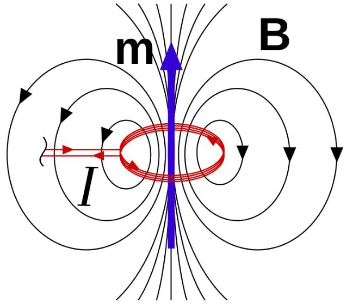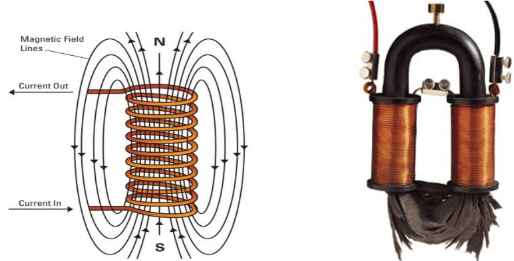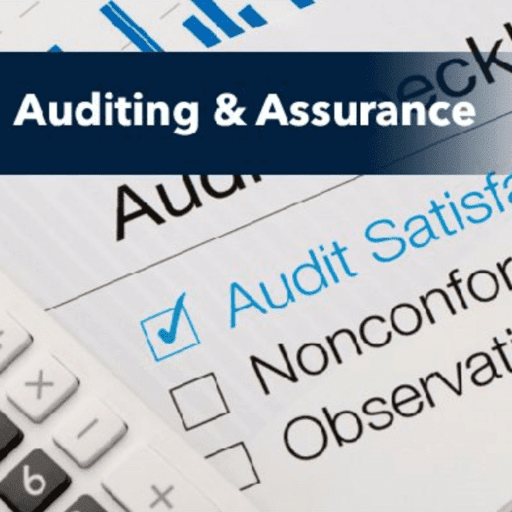Fun With Magnets Class 6 Worksheet Science Chapter 10
Q.1. Fill in The Blanks
(i) An object that attracts materials like iron, nickel and cobalt is called a ______.
Ans. Magnet.
(ii) A magnet has two poles ______ Pole and ______ Pole.
Ans. North, South.

Fig: Magnet Two Poles
(iii) Magnetite is a ______ magnet.
Ans. Natural.
(iv) A ______ can be used to find directions.
Ans. Compass.
(v) ______ magnets retain their properties only for a short period of time.
Ans. Temporary.
Q.2. True/False
(i) A cylindrical magnet has only one pole.
Ans. False
(ii) The force of attraction of magnet is maximum at the poles and minimum at the centre.
Ans. True
(iii) Plastic is a magnetic material.
Ans. False
(iv) The earth behaves like a giant magnet.
Ans. True
(v) We can make magnet with single pole.
Ans. False
Q.3. Who Discovered Magnets?
Ans. A shepherd named Magnes discovered magnets.
Q.4. Where are poles of a bar magnet located?
Ans. At the two ends
Q.5. Where on a magnet is the magnetic force the maximum?
Ans. At poles
Q.6. How a mixture of iron filings and sand is separated?
Ans. Mixture of iron filings and sand can be separated by using magnet.
Q.7. At which part of a magnet is its magnetic force minimum?
Ans. The force is weaker in the middle of the magnet.
Q.8. In which direction a freely suspended magnet come to rest?
Ans. A freely suspended magnet comes to rest in north - south direction.
Q.9. What happens when we bring a magnetic compass near a closed electric circuit?
Ans. When we bring a magnetic compass close to it, the needle gets deflected.
Q.10. If magnet is not attracting the iron nails. What could be the reason behind this?
Ans. Magnet may have lost its properties.
Q.11. What happens when a south pole of a magnet is brought near the south pole of another magnet?
Ans. The two magnets will repel each other because as like poles repel.
Q.12. How can a magnet be demagnetized?
Ans. A magnet can be demagnetized by heating, hammering or dropping from some height.
Q.13. How can you tell whether a particular substance is magnetic or non-magnetic?
Ans. If a particular substance is attracted towards a magnet, then it is a magnetic substance and if it is not attracted towards a magnet, then it is a non-magnetic substance.
Q.14. Why should we not keep magnets near mobiles, television, computers and CDs?
Ans. Devices such as mobiles, television, computers and CD are made up of magnetic material and have magnets in it. If we keep magnets near them, magnet may spoil these devices.
Q.15. Why a magnet is called a "magnetic dipole”?
Ans. Even a smallest piece of a magnet has north and south poles and we cannot separate the two poles. Therefore, poles always exist in pairs. That is why a magnet is called a "magnetic dipole”.

Fig: Magnetic Dipole
Q.16. What are electromagnets?
Ans. Electromagnet is a magnet made by passing electric current through a soft metal surrounded by a coil. The magnetic field disappears when the current is turned off.

Fig: Electromagnets
Q.17. If a bar magnet broke into pieces, then where will its North and South Pole?
Ans. Each one has a north and south pole. Or, we can say, that the end that was pointing south will be South Pole and its opposite end will be a new north pole.
Q.18. How does a magnetic compass work?
Ans. The Earth behaves like a magnet and attracts the north end of compass magnet to align with its magnetic field. The north pole of the compass is attracted to the South Pole of Earth's built-in magnet and vice versa.
Assertion and Reason Questions
Q19. Assertion (A): A simple magnetic compass can be prepared by inserting a magnetised iron needle in a piece of cork and allow the cork to float in water kept in a bowl.
Reason (R): In the above arrangement the needle must touch water while floating.
(a) Both A and R are true and R is the correct explanation of A.
(b) Both A and R are true but R is not the correct explanation of A.
(c) A is true but R is false.
(d) A is false but R is true.
Ans. (c)
Q20. Assertion (A): Maglev is the train which does not require wheels.
Reason (R): Maglev train experiences very less friction.
(a) Both A and R are true and R is the correct explanation of A.
(b) Both A and R are true but R is not the correct explanation of A.
(c) A is true but R is false.
(d) A is false but R is true.
Ans. (b)
Q21. Assertion (A): Strength of electromagnet depends on the magnitude of current flowing through them.
Reason (R): Electromagnets are used to lift heavy weights.
(a) Both A and R are true and R is the correct explanation of A.
(b) Both A and R are true but R is not the correct explanation of A.
(c) A is true but R is false.
(d) A is false but R is true.
Ans. (a)
Q22. Assertion (A): A compass is a magnetic device that is used by sailors to find directions.
Reason (R): The sailor can find directions by use of dial of magnetic compass even if there is no magnetic needle fixed in the compass.
(a) Both A and R are true and R is the correct explanation of A.
(b) Both A and R are true but R is not the correct explanation of A.
(c) A is true but R is false.
(d) A is false but R is true.
Ans. (c)
Q23. Assertion (A): The north pole of a freely suspended magnet points towards geographic north.
Reason (R): Using pieces of iron we can make artificial magnets.
(a) Both A and R are true and R is the correct explanation of A.
(b) Both A and R are true but R is not the correct explanation of A.
(c) A is true but R is false.
(d) A is false but R is true.
Answer: (b)
|
100 videos|261 docs|49 tests
|
FAQs on Fun With Magnets Class 6 Worksheet Science Chapter 10
| 1. What are magnets and how do they work? |  |
| 2. Can magnets be used to generate electricity? |  |
| 3. How can magnets be used in everyday life? |  |
| 4. What is the difference between a temporary magnet and a permanent magnet? |  |
| 5. How can you demagnetize a magnet? |  |



























